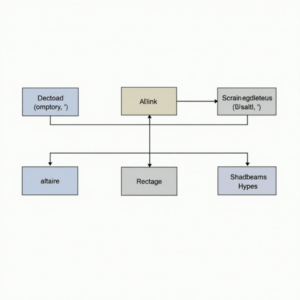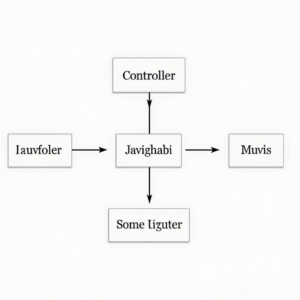
Introduction to CodeIgniter and MVC Architecture
CodeIgniter is a popular PHP web framework that enables developers to build robust and scalable web applications. At the heart of CodeIgniter lies the Model-View-Controller (MVC) architecture, a design pattern that separates an application into three interconnected components. This separation of concerns allows for a more maintainable, flexible, and efficient development process. In this article, we will delve into the world of MVC architecture in CodeIgniter and explore how it delivers superior performance.The MVC pattern is a widely adopted architecture that has been used in various web frameworks, including CodeIgniter. It consists of three primary components: Model, View, and Controller. The Model represents the data and business logic of the application, the View handles the user interface and presentation layer, and the Controller acts as an intermediary between the Model and View, receiving input and sending output to the user.
Benefits of MVC Architecture in CodeIgniter
The MVC architecture in CodeIgniter offers numerous benefits that contribute to superior performance. One of the primary advantages is the separation of concerns, which allows developers to work on different components of the application independently. This modular approach enables teams to collaborate more effectively, reduces conflicts, and streamlines the development process.Another significant benefit of MVC architecture is the reusability of code. In CodeIgniter, the Model and Controller components can be reused across multiple applications, reducing the amount of code that needs to be written and maintained. This reusability also facilitates the development of new features and applications, as existing components can be leveraged to speed up the development process.The MVC architecture also promotes a clear and organized code structure, making it easier to navigate and maintain the application. This, in turn, reduces the time and effort required to identify and fix bugs, perform updates, and add new features.

How MVC Architecture Delivers Superior Performance
The MVC architecture in CodeIgniter delivers superior performance through several mechanisms. One key aspect is the efficient handling of requests and responses. The Controller component receives input from the user, processes it, and then interacts with the Model to retrieve or update data. This data is then passed to the View, which renders the user interface and presents the data to the user.This process is optimized in CodeIgniter through the use of a front controller, which acts as a single entry point for all requests. The front controller then directs the request to the appropriate Controller, reducing the overhead of multiple entry points and resulting in faster request processing.Additionally, CodeIgniter’s MVC architecture enables the use of caching mechanisms, which can significantly improve performance by reducing the number of database queries and computationally expensive operations. By caching frequently accessed data, the application can respond more quickly to user requests, resulting in a better user experience.
Best Practices for Implementing MVC Architecture in CodeIgniter
To reap the benefits of MVC architecture in CodeIgniter, it’s essential to follow best practices and guidelines. One key aspect is to maintain a clear separation of concerns between the Model, View, and Controller components. This means avoiding tight coupling between components and ensuring that each component has a single, well-defined responsibility.Another best practice is to use a consistent naming convention and folder structure throughout the application. This helps to maintain organization and makes it easier to locate specific files and components.It’s also crucial to leverage CodeIgniter’s built-in features and libraries, such as the database abstraction layer and the form validation library. These features can simplify development, reduce errors, and improve overall performance.
Conclusion
In conclusion, the MVC architecture in CodeIgniter delivers superior performance through its separation of concerns, reusability of code, and efficient handling of requests and responses. By following best practices and guidelines, developers can harness the full potential of the MVC architecture and build robust, scalable, and maintainable web applications.As we’ve seen, the MVC pattern is a widely adopted architecture that has been used in various web frameworks, including CodeIgniter. Its benefits, including separation of concerns, reusability of code, and efficient handling of requests and responses, make it an ideal choice for building complex web applications.By adopting the MVC architecture and following best practices, developers can build high-performance web applications that meet the demands of modern users and provide a competitive edge in the market.

